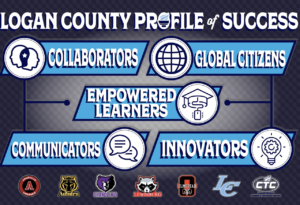Better Assessment of Teacher Preparedness

When it comes to determining preparedness to teach, there is a nationwide movement from credit accumulation to skill demonstration.
Pearson, through its Evaluation Systems Group, supports about half the states in their educator licensing efforts. The other states use Praxis or other tests developed by ETS. This part of Pearson has its roots in a 2006 acquisition of National Evaluation Systems. Pearson VUE provides computer-based testing for the educator licensure assessments and, more broadly, administers other assessments for professional and technical certifications in test centers in 175 countries.
Pearson provides operational support to Ray Pecheone and Linda Darling Hammond and the Stanford Center for Assessment, Learning and Equity (SCALE) on offering an assessment focusing on engaging candidates in demonstrating their understanding of teaching and student learning in authentic ways. edTPA is a performance- and portfolio-based approach that can be used as part of a multiple measures assessment system. The American Association of Colleges for Teacher Education (AACTE) says, “It is comparable to the licensing exams that demand applications of skills in other professions, such as medicine, architecture, and law.” To date, seven states have adopted policies for using edTPA.
edTPA is one of several approaches that Pearson is currently supporting for pre-service teachers. Further along in the educator professional continuum, Pearson also provides operational support to the NBPTS assessment program including developing the portfolio and assessment center tasks and educator scoring of the assignments.
This quarter, the Getting Smart team is studying competency-based teacher preparation and the future of qualifications. When we talked to Jon S. Twing, Managing Director of the Pearson Assessment Centre, he said that as states consider ways to implement their initial and professional certification assessment processes, there may be more uses of approaches that are similar to the NBPTS assessments and edTPA.
We asked Twing about competency-based approaches to the preparation and development of teachers. He found it analogous to end-of-course exams in high schools (which he likes) and said it “provides an opportunity to teach intensely, test and certify mastery and then move on.” He hopes that focusing on only one credentialing strategy wouldn’t be part of an agenda to move away from having multiple measures.
The movement to add more demonstrations of skill and dispositions is challenging, but supports authenticity. Incorporating these measures with other forms of evidence such as coursework and course-related tests has “potential positive implications for colleges and the whole process of accreditation of the colleges,” said Twing.
Pearson is a Getting Smart Advocacy Partner.








0 Comments
Leave a Comment
Your email address will not be published. All fields are required.